
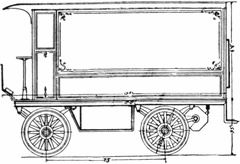 Synnestvedt 2-Ton Truck
Synnestvedt 2-Ton Truck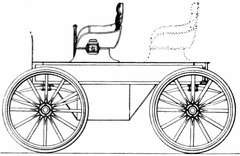 Hercules, Model 140
Hercules, Model 140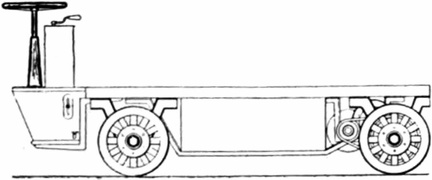 Hercules, Model 144
Hercules, Model 144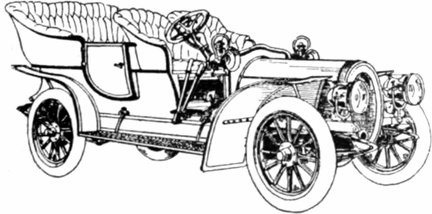 Hill Touring Car, 35 H.P
Hill Touring Car, 35 H.P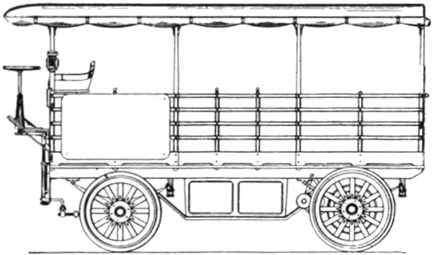 Hercules, Model 121
Hercules, Model 121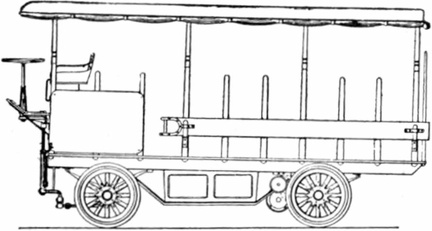 Hercules, Model 128
Hercules, Model 128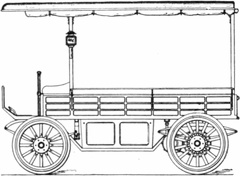 Hercules, Model 139
Hercules, Model 139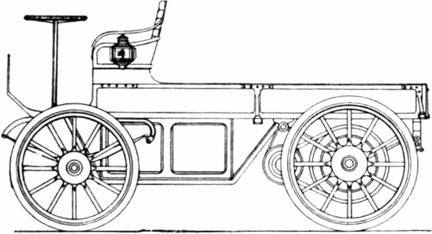 Hercules, Model 106
Hercules, Model 106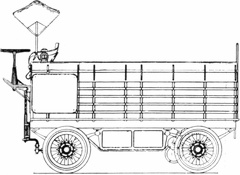 Hercules, Model 113
Hercules, Model 113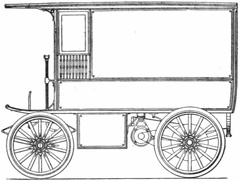 Hercules, Model 120
Hercules, Model 120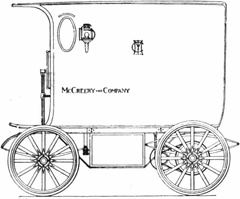 Hercules, Model 102
Hercules, Model 102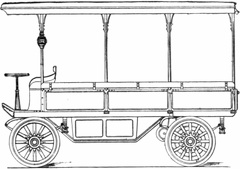 Hercules, Model 103
Hercules, Model 103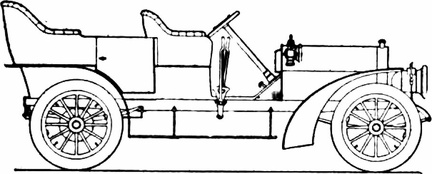 Pennsylvania, 35 H.P. Pennsylvania Auto Motor Co., Phil., Pa.
Pennsylvania, 35 H.P. Pennsylvania Auto Motor Co., Phil., Pa.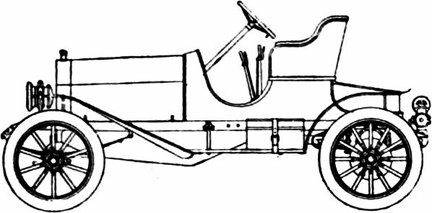 Marion Model 7, 22–24 H.P
Marion Model 7, 22–24 H.P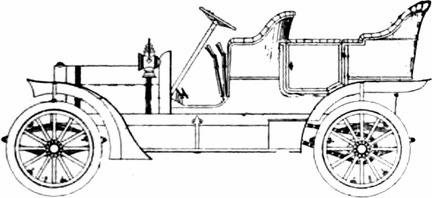 Wolfe, Model A, 24 H.P
Wolfe, Model A, 24 H.P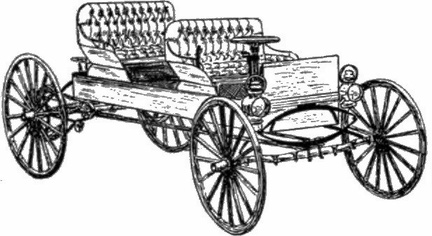 Buggyabout, Model C, 14 H.P
Buggyabout, Model C, 14 H.P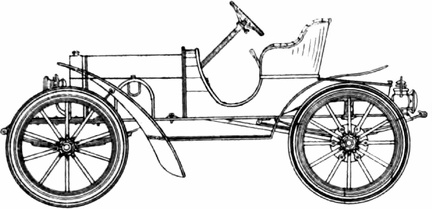 Aurora, Model 'A,' 14–16 H.P
Aurora, Model 'A,' 14–16 H.P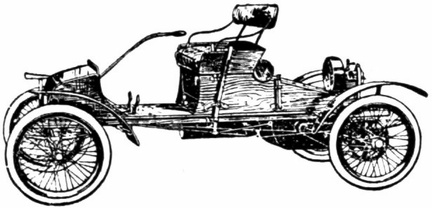 Waltham-Orient, Model B R., 4 H.P
Waltham-Orient, Model B R., 4 H.P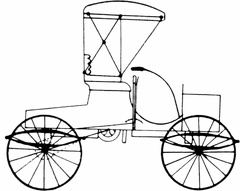 Albany Run-a-bout, Model 2, 4–6 H. P
Albany Run-a-bout, Model 2, 4–6 H. P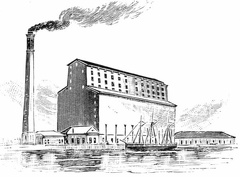 C. P. R. grain elevator at Fort William, Ontario
C. P. R. grain elevator at Fort William, Ontario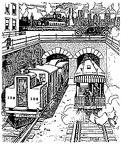 The tunnels
The tunnels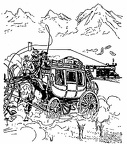 The Stage coach
The Stage coach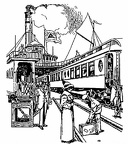 The Train Ferry
The Train Ferry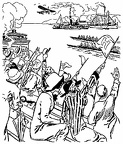 An observation train
An observation train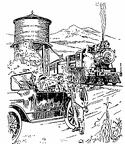 The water tank
The water tank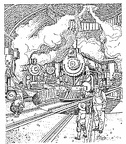 The Round House
The Round House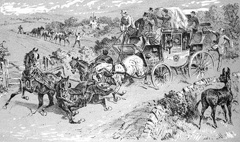 Horses in a heap, Leader down, Wheelers falling over him
Horses in a heap, Leader down, Wheelers falling over him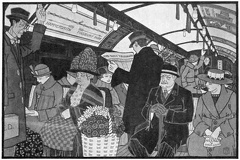 The Tube
The Tube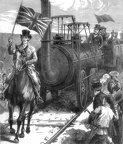 The first Railway Journey in England
The first Railway Journey in England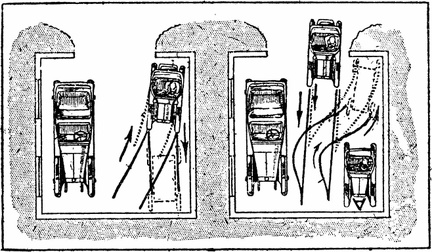 Methods to get to the right place in a garage
Methods to get to the right place in a garage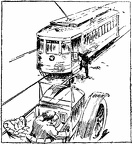 Overtaking a tram
Overtaking a tram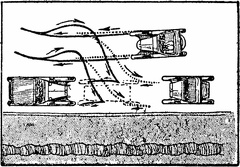 Parking
Parking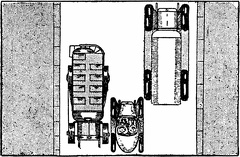 Room to pass
Room to pass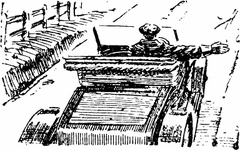 Turn Signal
Turn Signal Stop Signal
Stop Signal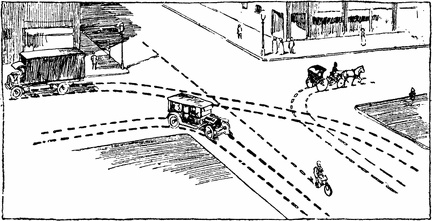 Swerving at intersections
Swerving at intersections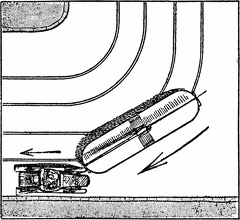 Cars and Trams
Cars and Trams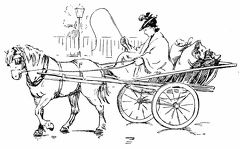 Lady driving in a horse and cart
Lady driving in a horse and cart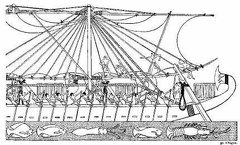 Egyptian Ships in the time of Hatasu
Egyptian Ships in the time of Hatasu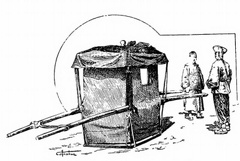 A Chinese sedan chair and bearers
A Chinese sedan chair and bearers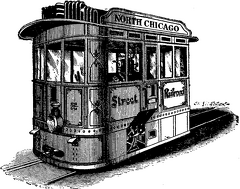 A Steam Street Railway Motor
A Steam Street Railway Motor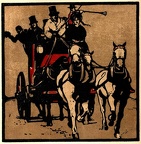 Coaching
Coaching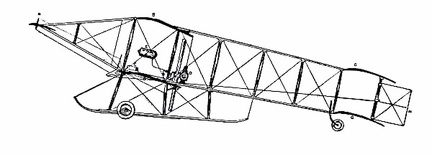 The Farman Biplane
The Farman Biplane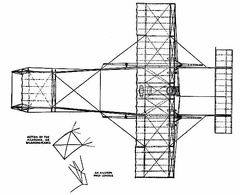 The Farman Biplane - top view
The Farman Biplane - top view The Curtiss Biplane
The Curtiss Biplane The Curtiss Biplane making a turn
The Curtiss Biplane making a turn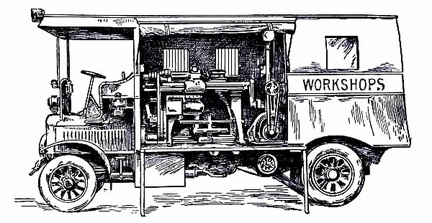 Travelling workshop for the repair of military aeroplanes
Travelling workshop for the repair of military aeroplanes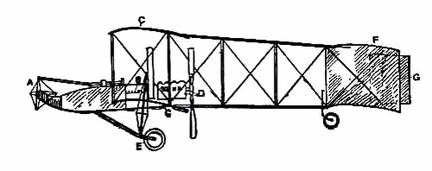 The Voisin Biplane
The Voisin Biplane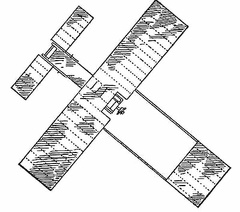 The Voisin Biplane - top view
The Voisin Biplane - top view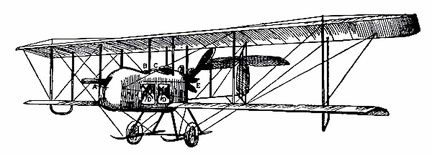 The Vickers
The Vickers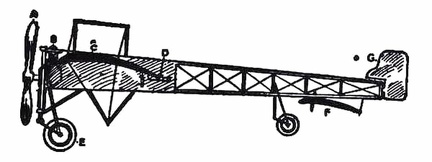 The Bleriot Monoplane
The Bleriot Monoplane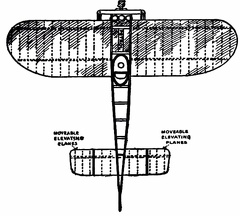 The Bleriot Monoplane - top view
The Bleriot Monoplane - top view The Antoinette Monoplane
The Antoinette Monoplane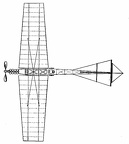 The Antoinette Monoplane - top view
The Antoinette Monoplane - top view The Curtiss Biplane in flight
The Curtiss Biplane in flight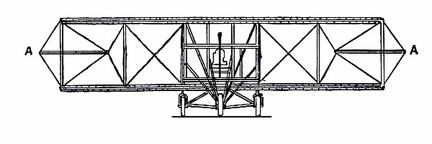 The Curtiss Biplane front view
The Curtiss Biplane front view The Cody Biplane
The Cody Biplane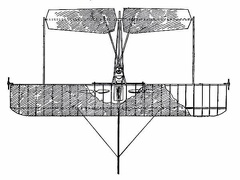 The Cody Biplane from above
The Cody Biplane from above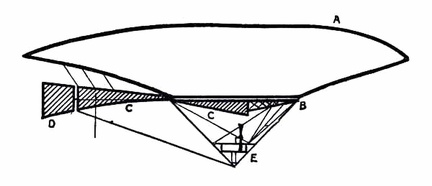 Semi-rigid Airship
Semi-rigid Airship Santos-Dumont’s Airship
Santos-Dumont’s Airship



